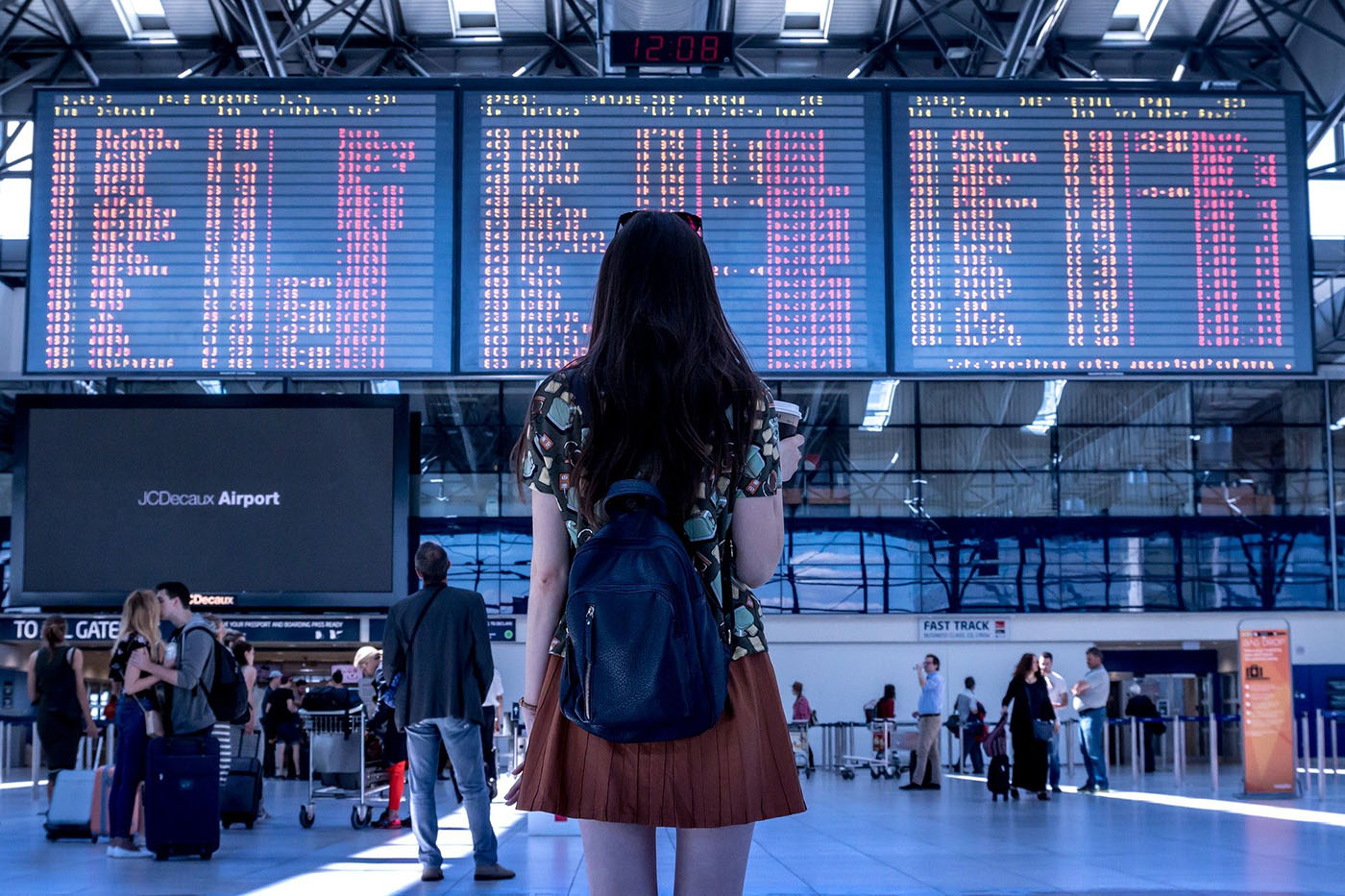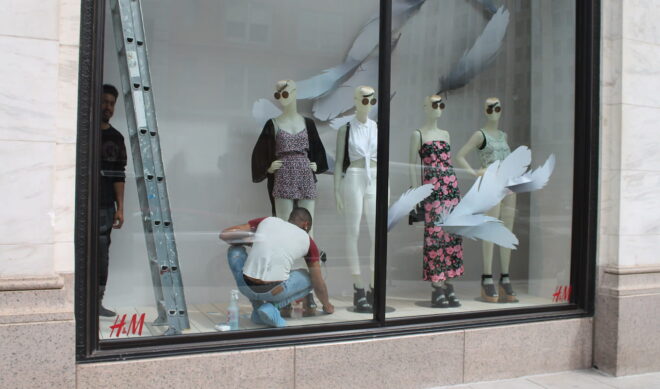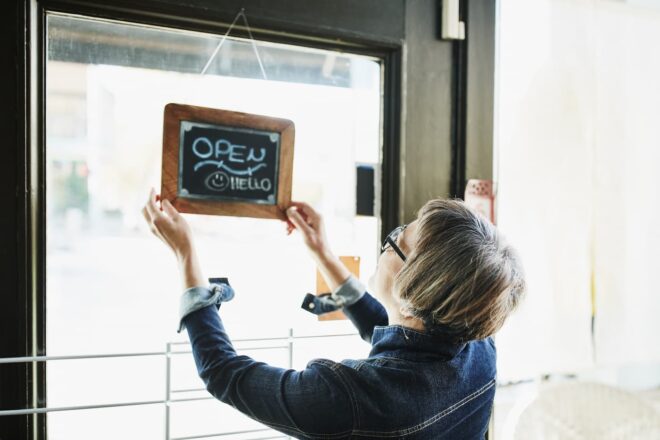COVID Impact on Industry: Travel & Tourism
Editorial Team
8 min read
There is no question the COVID-19 pandemic has reshaped the world in multiple ways. Aside from the horrific toll on human health and life, entire industries have been upended, untold businesses have shuttered, and thousands of workers have been laid off, furloughed, or unable to get back to work. Yet not all industry sectors have been affected the same way. Even within industries, individual establishments have experienced a wide range of impacts, from going out of business to holding steady or even thriving and seeing revenue increases.
This series takes a look at some of the industries that COVID-19 impacted for better or for worse. We review numbers, look at the ways companies shifted strategies, and explore lessons learned as well as opportunities for innovation. Let’s start with one of the segments of the economy that has suffered the most from the pandemic: the hospitality industry. Composed primarily of 4 subsectors (Travel & Tourism, Food & Beverage, Lodging, and Recreation), hospitality covers a vast segment of the global economy. In this article, we discuss the Travel & Tourism sector.
Have vaccine, will travel
But until then, the travel and tourism industry would get clobbered. One of the most visible poster children of the pandemic-induced economic carnage is the airline industry. According to Forbes, U.S. air travel plummeted by approximately 95% in April 2020, an unimaginable figure for most business owners no matter their sector. Although airline reservations did tick up a bit over the summer, at the time of publication of the Forbes article, October 2020, air travel remained down at about 70% from a year ago.
It’s important to note the role of business travel as the most lucrative piece of the revenue pie for airlines. Historically, business travel has generated over 50%, and in some cases 75%, of profits for airline carriers. But what about all those lower-priced fares offered to leisure travelers? Those are generally loss leaders that fill otherwise empty seats. During the COVID-19 pandemic, numerous companies canceled, postponed, or rescheduled their employees’ business travel. According to a December 2020 survey by Statista, 31% of over 400 respondents stated that their firms canceled all trips to the U.S., and 45% said that their companies canceled most business trips to the U.S.
One of the unexpected results of the pandemic was that companies realized a great deal can be accomplished via virtual rather than face-to-face meetings—and at considerably lower cost. This is not to say business travel is finished. In-person discussions and meetings are still valuable, but experts say they expect business travel to remain lower than usual through 2021.
In fact, 2020 is called the “year business travel died.” COVID-19 incapacitated not only business travel, but bleisure travel—the practice of tacking on a few extra days before or after your business trip to enjoy the sights and sounds of the destination (See this article in National Geographic). In effect, the trip you took to Milan as a working professional would generate revenue not only for the airline, the airport shuttle, restaurants, book shops, and all of the vendors that made your business travel pleasant along the way, but it would double up as a source of tourism revenue for the destination once your meeting and professional lunches or dinners were over. Those fountains, too, have all but dried up now.
Disconnecting the dots
It’s not just airlines feeling the searing heat of the pandemic’s economic burn. All links in the travel and tourism supply chain have been impacted, from cruise ships, rental car companies, and travel agencies to hotels, restaurants, and tourist guides. The travel bans that have been in place throughout 2020 are expected to cost the global airline industry over $350 billion, according to a recent report about the car rental business from ResearchandMarkets.com. TCG Consulting shares that the annual car rental revenue is forecast to drop by 55% from 2019 figures. Cruise line companies have suffered $32 billion in losses, while hotels in the U.S. experienced the dubious pleasure of dipping into a 100.6% decline in December 2020, for an overall profitability decrease of 84.6% for the year, according to data analytics firm STR. The 100.6% decline refers to the gross operating profit per available room (GOPPAR) for the month of December 2020. (We’ll cover the lodging industry in greater depth in a future post).
Entire countries whose GDP depends in large part on tourism have felt the sting, too—beloved destinations like the Caribbean, Latin America, Italy, Turkey, Egypt, Maldives, Thailand, Malaysia, and Indonesia, among others.
Fear of COVID
Flying generally means sitting in a pressure-sealed, narrow metal tube with a hundred other people for multiple hours—unless you’re jetting off to LA from San Francisco for a day trip. The general perception among the flying public has been that it’s party-time for anything airborne, including viruses. Passengers’ worries include the recirculated air (although airplanes do have air filters), the potential large number of passengers seated together for hours at a stretch, and the various surfaces touched by those passengers within a specific timeframe. There have been relatively few confirmed cases of infection events aboard aircraft, but these are some of the reasons why airline travel—and the relevant associated businesses servicing travel—took such a beating in 2020. Put simply, people were scared, and flying is not essential travel.
For companies, business travel during the pandemic carries a double-whammy. There is the very real possibility of legal liability for medical costs and potential damages claimed by employees who are asked to travel for business, should they contract the virus during their business trip. Worse still, there is the risk of causing employees to see their employers as uncaring, and losing the productivity and availability of workers who become ill.
But wait, there’s more to it
Concern about the virus is the primary, but not the only factor impacting business travel. A close second is the duplicative impact of the new work-from-home trend. If offices all over the country—and the world—are mostly empty, where are all these business travelers supposed to go? Why bother traveling when the person or people you are supposed to meet are all working from home anyway?
Finally, there’s the issue of supply and demand. Sales people in particular do a lot of travel, whether by plane, car, or some other form of transportation. They also stay at hotels, tip drivers, and eat at local restaurants and cafés. Their mission is to forge connections with new leads, close deals, and generate revenue for their employers. But if those prospective clients are now in a holding pattern in terms of procurement or purchasing, be it products, services, technology, or equipment, it’s more difficult to justify all those miles, and all those business travel expenses.
Lessons learned turn into new opportunity
Humans are the most innovative species on the planet—and the pandemic has driven fresh inspiration and resilience across the board. Faced with the very real possibility that it will take a minimum of three to five years for tourism demand to recover in trip volumes and value, as cited in Euromonitor’s Accelerating Travel Innovation After Coronavirus report, the travel & tourism industry has already begun reshaping business models and revenue streams, redefining their consumer segments, and refreshing marketing strategies.
The near free-fall of business travel, for example, was a key reason why airlines pivoted to vying for leisure travelers in 2020. They launched fare sales, did away with ticket-change fees, and redrew their flight routes to add new destinations that would appeal to vacationers and nature lovers rather than business travelers—and to keep it mainly domestic since many international destinations are not accepting visitors from the U.S.
Rather than wring their hands about empty seats, French cabin supplier Safran Aerosystems is working with British seat designer Universal Movement to create an “Origami” seat, an optional middle seat partition for extra space (and privacy). Yes, even for economy class seating.
Certain industries like the cruise lines are more limited in terms of business models—at this time, the industry is focusing primarily on complying with the latest health guidelines and protocols to ensure the safety of their passengers and crew. There is still no definitive reopening date.
In fact, there are two key trends driving the current wave of innovation in the travel industry: the move to digital experiences and sustainability, which are often intertwined. In a nod to consumer concerns about health & safety as well as convenience, touch-free travel solutions are seeing a surge in use and popularity. Examples include biometric check-in at airports, keyless hotel entry, contactless elevators, and apps that enable contactless travel reservations—and also happen to reduce paper and plastic in the process. Even disinfection robots are now prowling the floors of the Hong Kong International Airport.
The travel and tourism industry is no stranger to challenge and disruption. It’s been through SARS in 2003 and the financial crash of 2008. Now, with the novel coronavirus raging around the world, the industry is once again transforming into its own future—more resilient, more accessible, safer and more convenient. That’s a lesson all businesses can benefit from, regardless of size or industry.
………
Enjoyed this article? Check out the rest of our COVID Impact on Industry series:
Related Posts
5 questions to ask to create a striking window display
How to start a business in Maryland
Popular Topics
Stay in touch
Sign up and learn more about Clover.
Thank you for your subscription!
More posts about starting a small business
eBook





